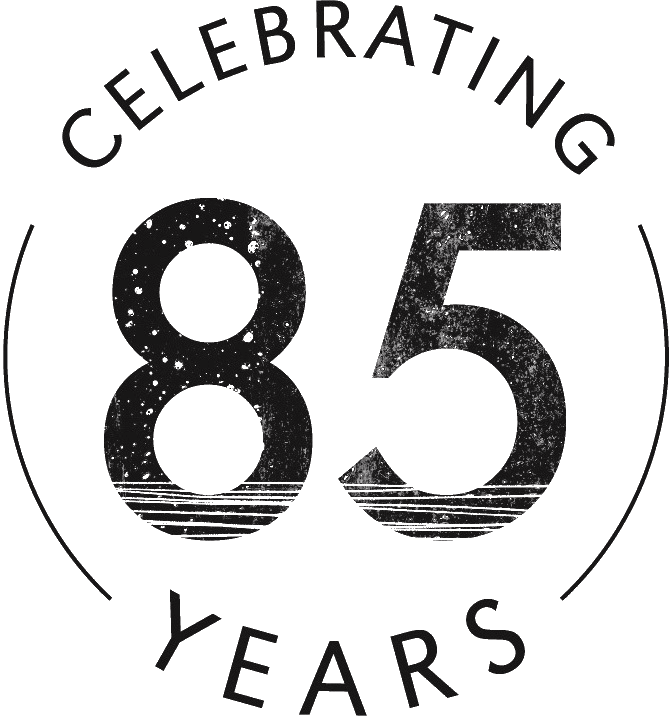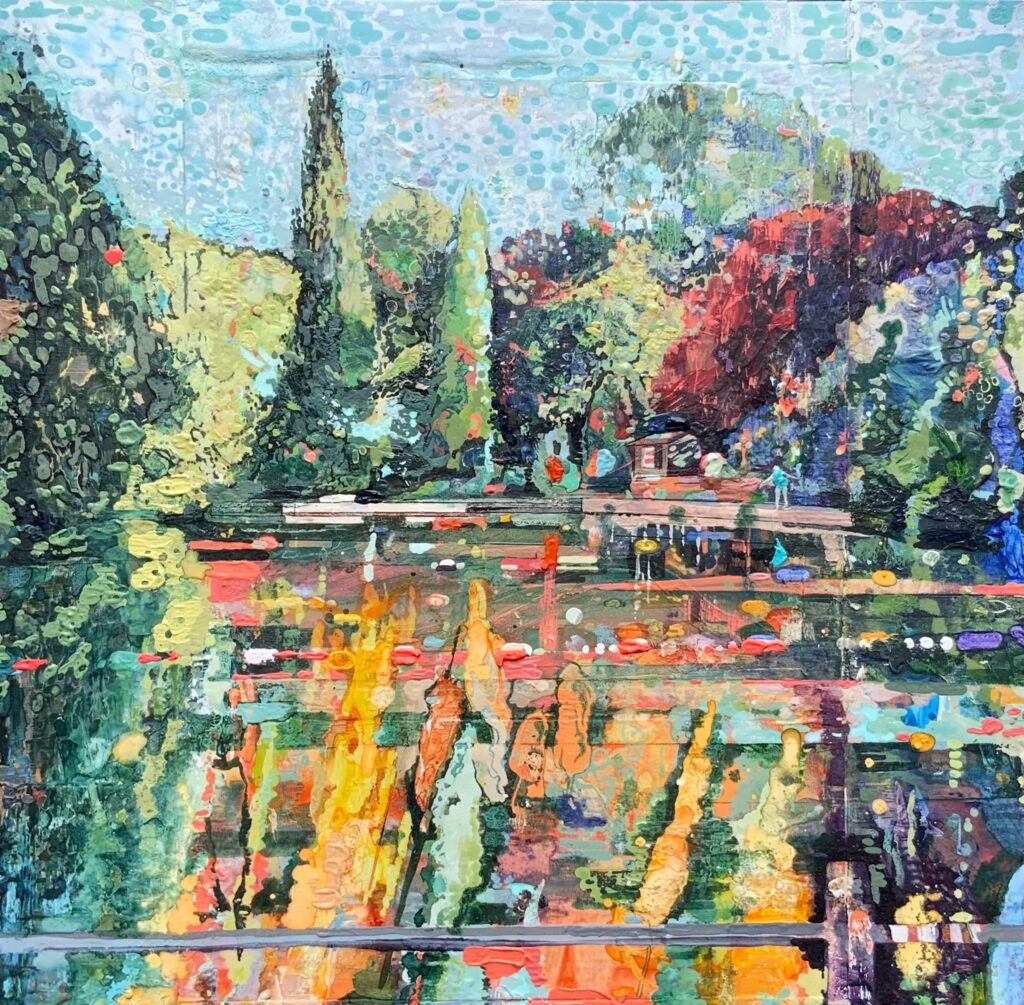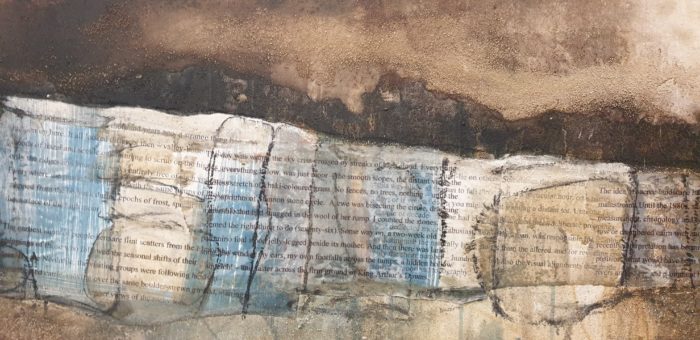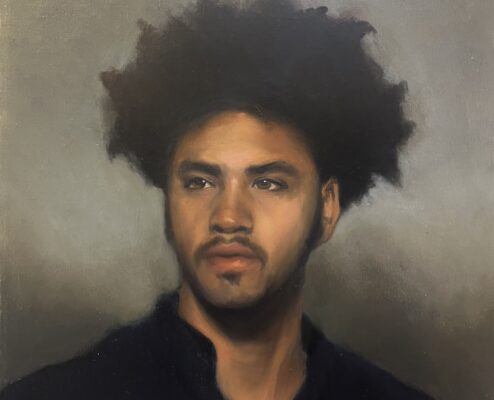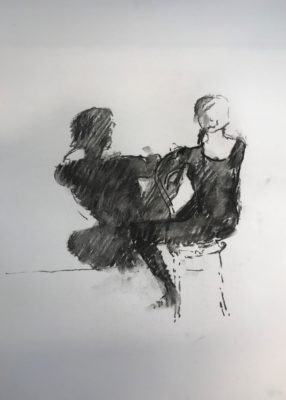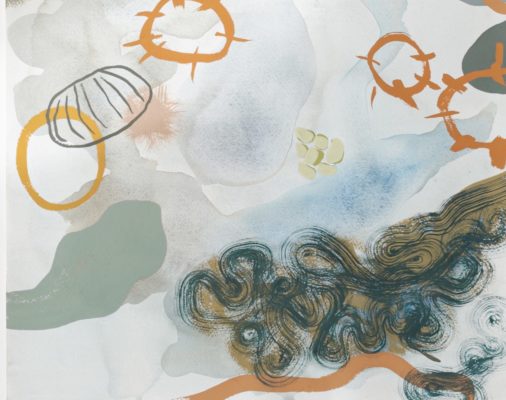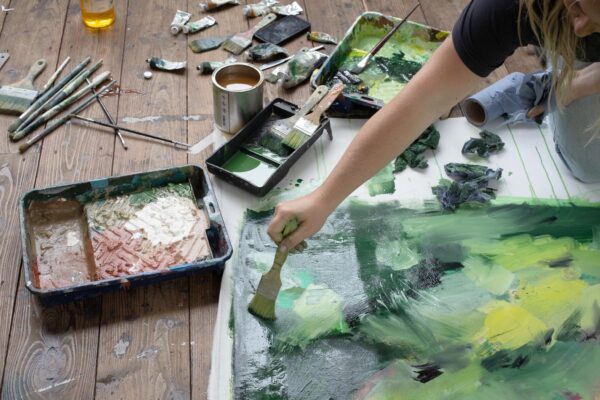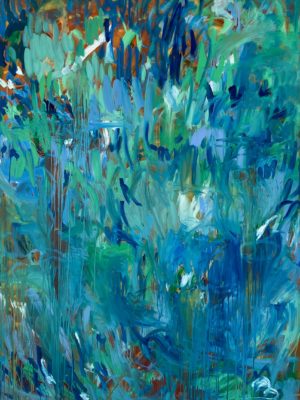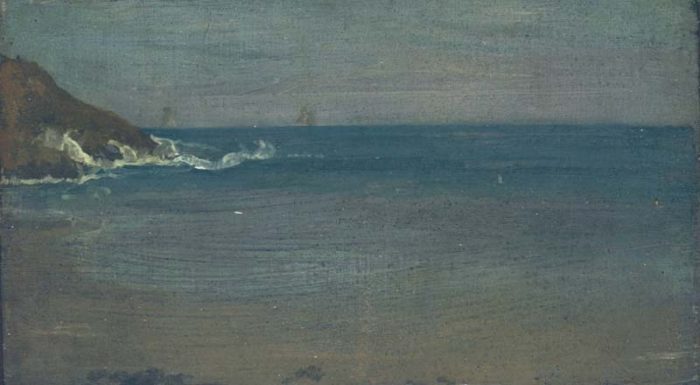Course details
This new course focuses on integrating the human figure into the landscape through outdoor and studio-based study, encompassing both drawing and painting techniques.
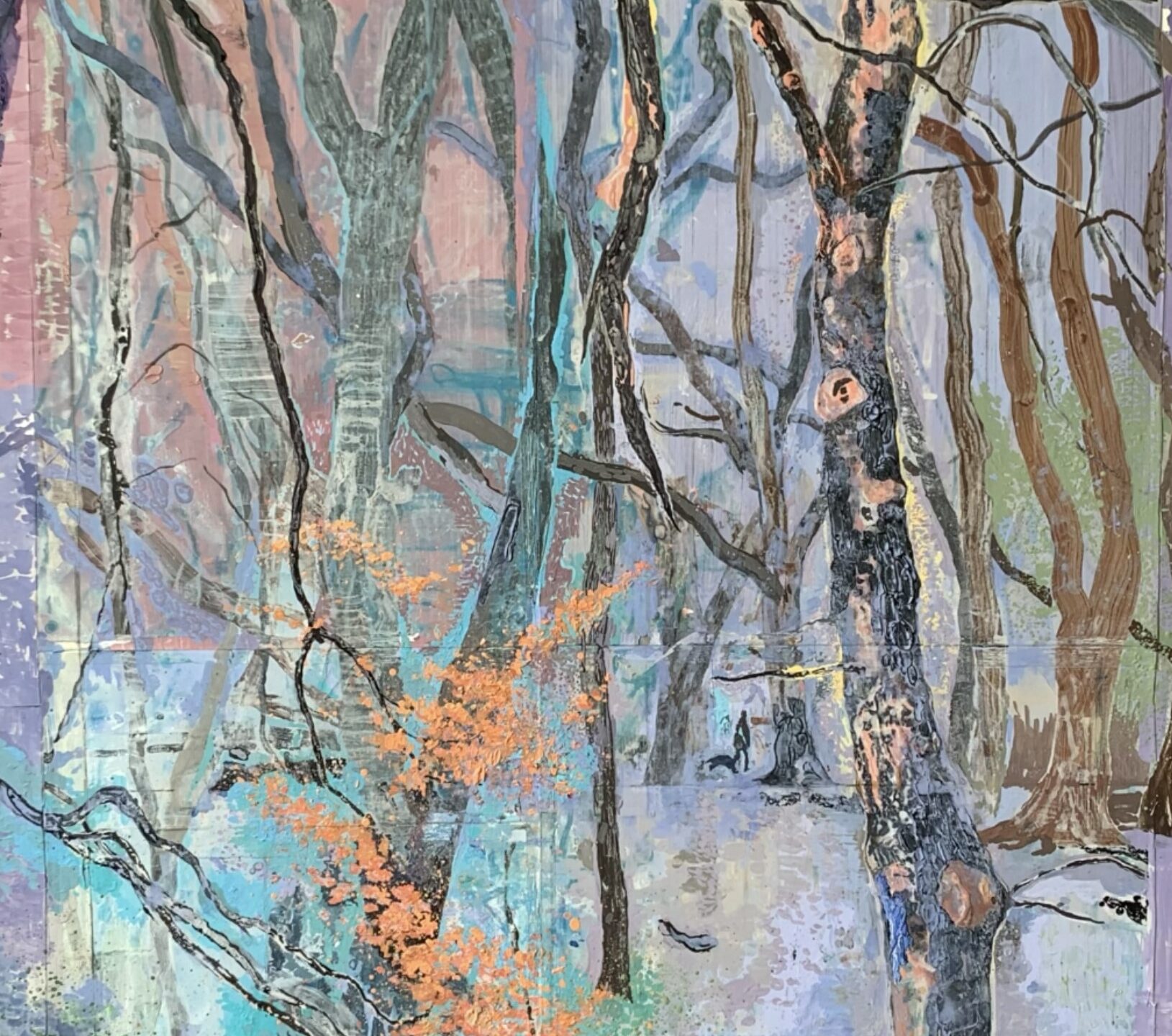
The relationship between the figure and its environment has been a major focus for many artists throughout the history of art, from Piero della Francesca to Tintoretto, Munch to Francis Bacon. Artists have sought to portray the mundane and extraordinary moments of daily life, offering viewers a glimpse into the emotions, activities, and interactions that shape our world, reflecting the universal experiences and connections that bind us all.
Throughout the course, you will have the opportunity to explore various poses and perspectives of the model both in the studio and out in the landscape, as you hone your drawing and observation skills.
In the skilled hands of artist Julian Vilarrubi, who has taught painting and drawing for over two decades in his hometown of Brighton, you will start by exploring your initial experiences with the subject and your responses to it. Bring life to the figure and contemplate the model’s actions within a space, learning about perspective and how to edit your gathered visual information for use in a larger painting.
You will learn techniques for transferring information, such as squaring-up and scaling, and how to establish mood and atmosphere by employing tone and colour with acrylic grounds and oil paints. Julian will share his tips on colour mixing and choosing the appropriate materials and methods to explore a particular scenario or idea. You will also explore the work of historical and modern artists to inspire you to develop your own unique way of interpreting the figure in a landscape.

What you will learn
- How to animate the figure and consider what the model is doing in a space.
- How to measure, understand scaling, create tone and contextualise the model in a space.
- Combine elements to create a composition through collage and juxtaposition.
- Choose appropriate materials and methods to explore a particular scenario or idea.
Who would this course suit?
This course would suit anyone at all levels who wants to extend their skills in painting and drawing whilst building their confidence in visualising, setting up painting possibilities and acting upon them to produce a series of outcomes that ideally would offer up further opportunities for development.
Taught by
What to Bring
Our studios are fully equipped and we provide you with all the materials you need for your course. However, if you have a favourite set of brushes or any specialist materials that you would prefer to use, please bring them with you.
Timings and Breaks
The first day starts at 10am and finishes at 4.30pm, please aim to arrive ten to fifteen minutes before the start time.
All course days after that start at 9.30am and finish at 4pm and there will be an hour for lunch. There are plenty of nearby places to eat and we will serve tea and coffee at break times during the day.
FAQs
Studio Courses
How can I get help in choosing a course?
Our friendly expert staff are always happy to discuss your needs and our courses in more detail to help you with your decision. Please call us on 01736 797180
How do I get my work home?
Tutors have special techniques for transporting oil paintings and the school has plastic folders available in our shop for £3.50 or do bring a portfolio.
For international students we are happy to arrange transportation of your work back home.
What do I need to bring?
Absolutely nothing! All materials and aprons are provided although some people do like to bring their own set of brushes.
What do I do for lunch?
Courses allow an hour’s break for lunch and there are numerous places nearby or you are welcome to bring a packed lunch into the studio.
What times do courses run?
Most of our courses start at 10am and end at 4.30pm on the first day. Subsequent days we start at 9.30am ending at 4pm.
Weekend Courses run 10am – 4pm on the first day but the final day starts at 9.30 and ends at 3.30 with a short lunch break to enable people to get home that evening.
Do you have to be experienced to come to the School?
The School is a very friendly and welcoming place for all ages and experience. Our drop-in life classes and August half-day workshops are ideal for those wanting to have a go for the first time. Most of our longer courses are also fine for novices.
If any of the courses do need a bit of experience we flag this up in the brochure and on the website.
Booking a Course
How can I reserve a place?
We will hold a provisional reservation for 24 hours if you give us a call whilst you find accommodation. Otherwise please book online or by telephone 01736 797180.
You can reserve a place with a £100 deposit; balance is due 12 weeks before course start date.
About St Ives
Where do I park?
The nearest long stay public car parks are the Island and Barnoon Long Stay Car Park, both a 5 minute walk away. In the peak summer months it may be easier to park at Trenwith Car Park by the leisure centre and walk down into town. If you don’t fancy the walk up the hill at the end of the day there is a shuttle bus which runs from outside the cinema.
How do I get there?
Public Transport: If you are coming from further afield the main train line runs into St Erth which is a 15 min taxi ride away or you can take the St Ives Bay Line which runs approx. every 30 minutes. The School is a 10 minute walk from St Ives station.
Driving: M5 will take you to Exeter where we recommend that you take the A30 across Bodmin Moor and into Cornwall. After passing Hayle, leave the A30 at St Erth roundabout for St Ives. Turn right at the second roundabout. This road will take you through Lelant and Carbis Bay into St Ives.
Where can I stay?
St Ives has a huge selection of hotels, guest houses and self catering accommodation to choose from. Please browse the art holidays St Ives section on our website and give us a call if you would like any help.
